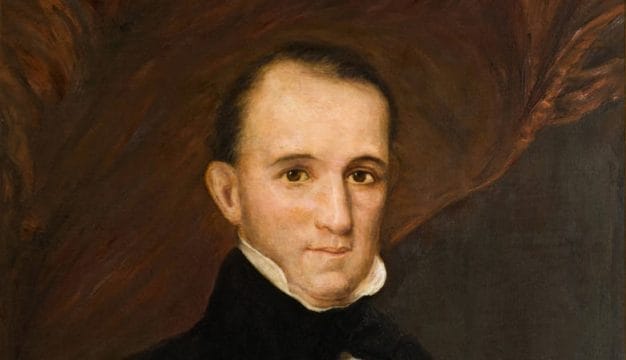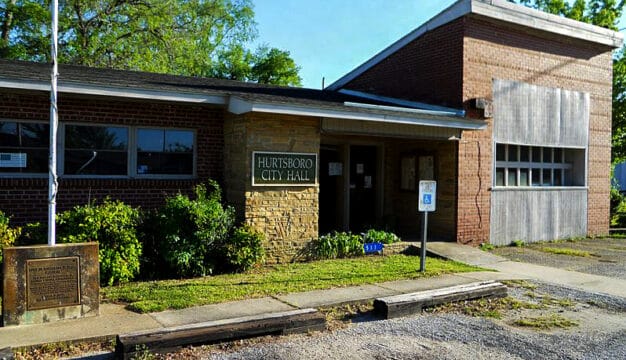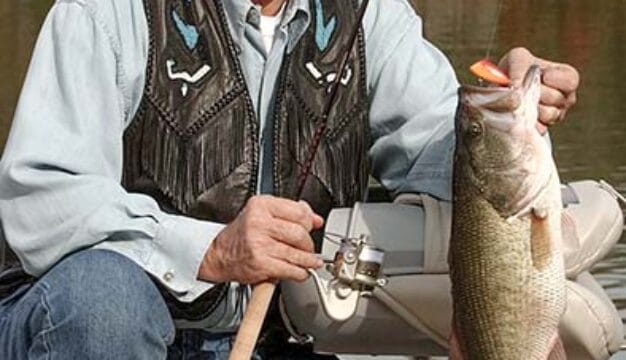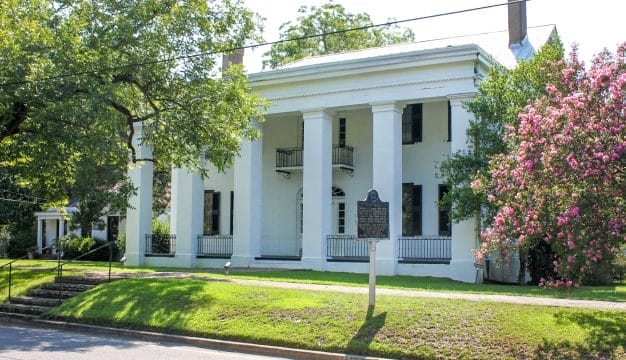Jefferson Davis Community College
Jefferson Davis Community College (JDCC) was a community college within the Alabama Community College System with campuses in Brewton and Atmore, both located in Escambia County. In August 2017, it was consolidated into the larger Coastal Alabama Community College system, which also subsumed the former Alabama Southern Community College and Faulkner State Community College. JDCC was created by action of the Alabama State Board of Education (BoE) on December 13, 1990, through the consolidation of Jefferson Davis Junior College (JDJC) and Atmore State Technical College. Sandra McLeod, president of JDJC, became president of the new institution. Initially, the college observed the quarter system but shifted to the semester system in fall 1999.
Jefferson Davis State Junior College had its origin when three legislative acts establishing a junior college system passed by the Alabama State Legislature in May 1963, during the first administration of Gov. George C. Wallace. Brewton was selected as one of the junior college locations by the State Board of Education. The city government and the Escambia County Board of Commissioners purchased approximately 100 acres of land in the Alco area of Brewton and donated it for the college site. The name, Jefferson Davis College (named for the president of the Confederacy), was unanimously recommended by a committee of Escambia County citizens to the State Superintendent of Education in December 1964.
The first president, Woodfin Patterson, was appointed by the State BoE, and he assumed official duties February 1, 1965. Classes began with approximately 186 students on September 30, 1965, and were held at the First United Methodist Church until the first campus buildings were completed. There were seven full-time and three part-time instructors and a librarian. Classroom subjects included English, mathematics, physical education, history, art, music, botany, zoology, speech, and business. In 1965, the BoE created attendance policies for individual colleges based on transportation routes, and JDJC was designated as the campus for free bus transportation for residents of parts of Escambia, Conecuh, Covington, and Monroe counties. Boundaries of the designated areas changed as other community colleges opened in the region. Constructions of the first three buildings—the Wallace Administration Building, the Student Center, and Leigh Library—began in May 1965 and were completed by May 1966.
Other construction projects over the years include the Woodfin Patterson Auditorium (1972), which continues to be used by local school systems as well as arts and cultural organizations. The facility has hosted such notable speakers as popular psychologist Dr. Joyce Brothers and oceanographer Jean-Michel Cousteau (son of Jacques-Yves Cousteau). The Fine Arts Center, constructed in 1979, houses the Thomas E. McMillan Museum, which displays natural, cultural, and historical materials and documents from Escambia County, and the Alabama Room, which contains rare documents, books, and other locally significant historical and genealogical references. The Neal Colonial Center and Hines Building were constructed in 1982 and 1983. W. T. (Tom) Neal Jr. Park (1983), located on the campus, includes a lake, tennis courts, a baseball field, a maintenance building, and a public three-hole golf course and driving range. The William A. Finlay Softball Field and jogging/walking trail were added in 1986, Lakeview Student Housing was completed in 1995, and the Center for Telecommunications Building in 1998.
Atmore State Technical Institute (later Atmore State Technical College) was created by Act. No. 2295 on September 30, 1972. In May 1974, classes formerly conducted in Atmore by the J. F. Ingram State Vocational School in Deatsville, Elmore County, were placed under the supervision of the Atmore State Technical Institute. The school merged with Jefferson Davis Junior College in December 1990. Malcolm Jones was the only president of the Technical College until the merger. The Atmore Campus includes seven buildings housing academic and technical programs that include nursing, air conditioning/refrigeration, automotive body repair, welding, masonry, and workforce development.
Both campuses provide two-year programs leading to associate degrees in both arts and sciences designed to facilitate transfer to a senior college or university. Degrees in Applied Science are available in Drafting and Design Technology, Nursing, and Office Administration. Certificates are offered in several technical programs. The Nursing Program, created in 1972, culminates in a Registered Nurse degree. Adult Basic Education classes are offered on both campuses as well as at the G. K. Fountain Correctional Center and the Holman Correctional Center. Various technical program classes are taught at Fountain to incarcerated adults.



